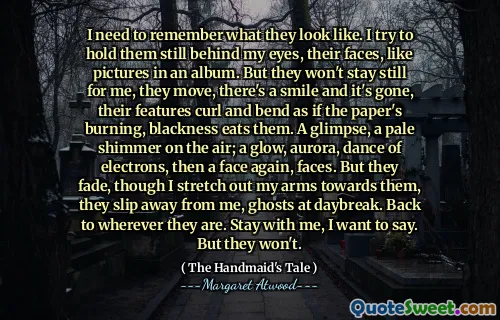I read about that in introduction to Psychology; that, and the chapter on caged rats who'd give themselves electric shocks for something to do And the one on the pigeons, trained to peck a button that made a grain of corn appear. Three groups of them: the first got one grain per peck, the second one grain every other peck, the third was random. When the man in charge cut off the grain, the first group gave up quite soon, the second group a little later. The third group never gave up. They'd peck themselves to death, rather than quit. Who knew what worked?
The quote reflects on the behavior of animals used in psychological experiments, illustrating key concepts of reinforcement and conditioning. It compares the reactions of different groups of pigeons, showing how variable rewards impact their persistence. The first group, receiving consistent rewards, quickly gives up when the reward stops, while the second group continues for a while longer. The third group, conditioned with random rewards, exhibits extreme tenacity, even to the point of self-destruction, emphasizing the unpredictable nature of hope and reward.
This observation from psychology highlights parallels in human behavior, suggesting that individuals may cling to hope in uncertain situations. The randomness of rewards can create an illusion of possibility, leading people to endure extreme hardships rather than accept defeat. This theme resonates throughout "The Handmaid's Tale," where characters face oppressive conditions yet continue to resist, driven by the flicker of hope. Atwood uses these psychological insights to enrich the narrative and deepen the understanding of human resilience.






